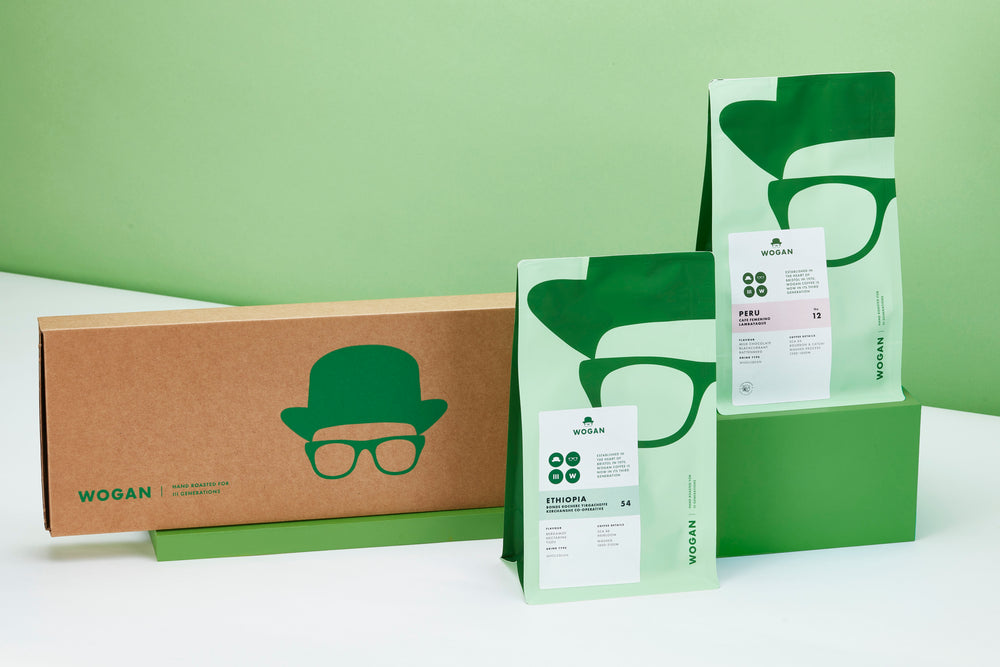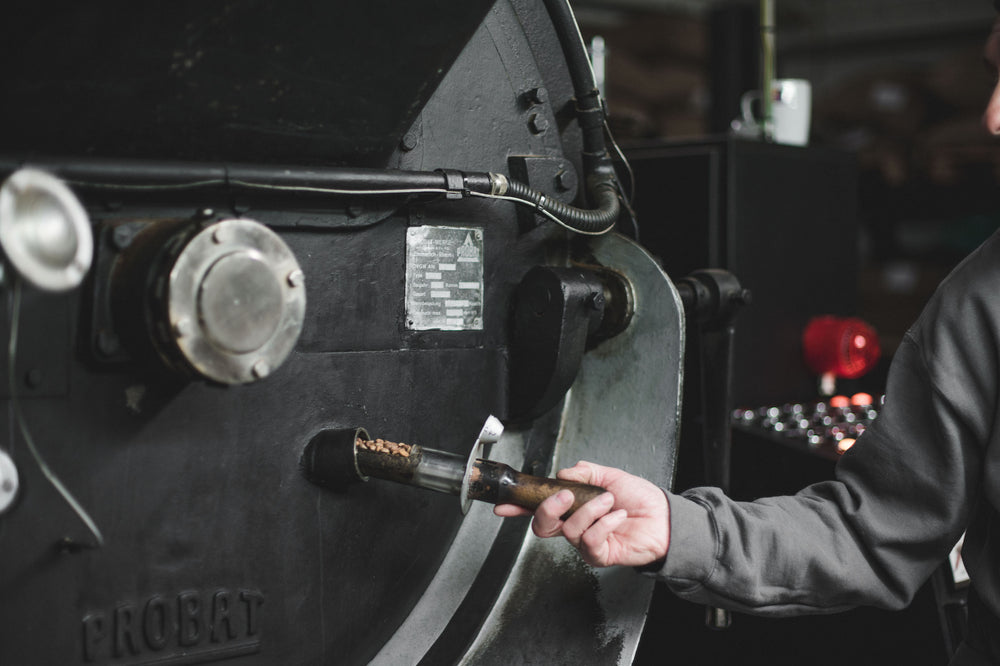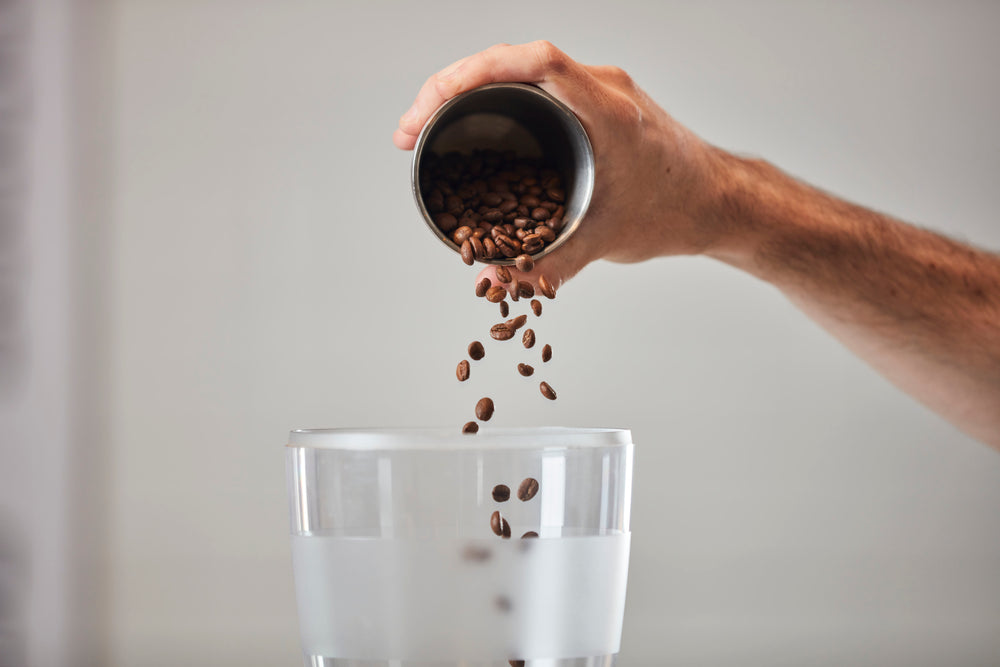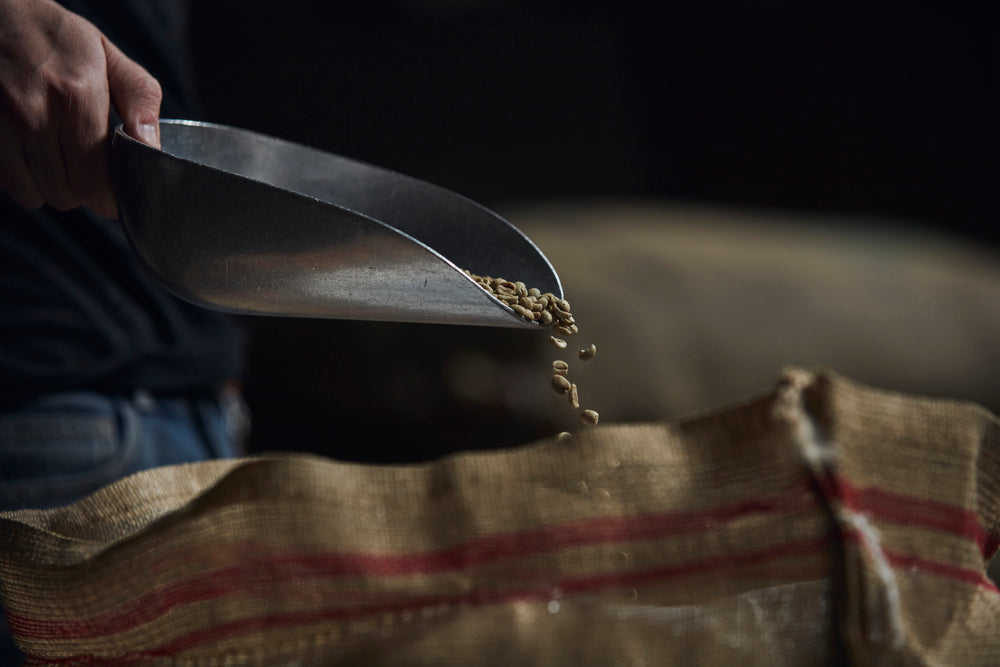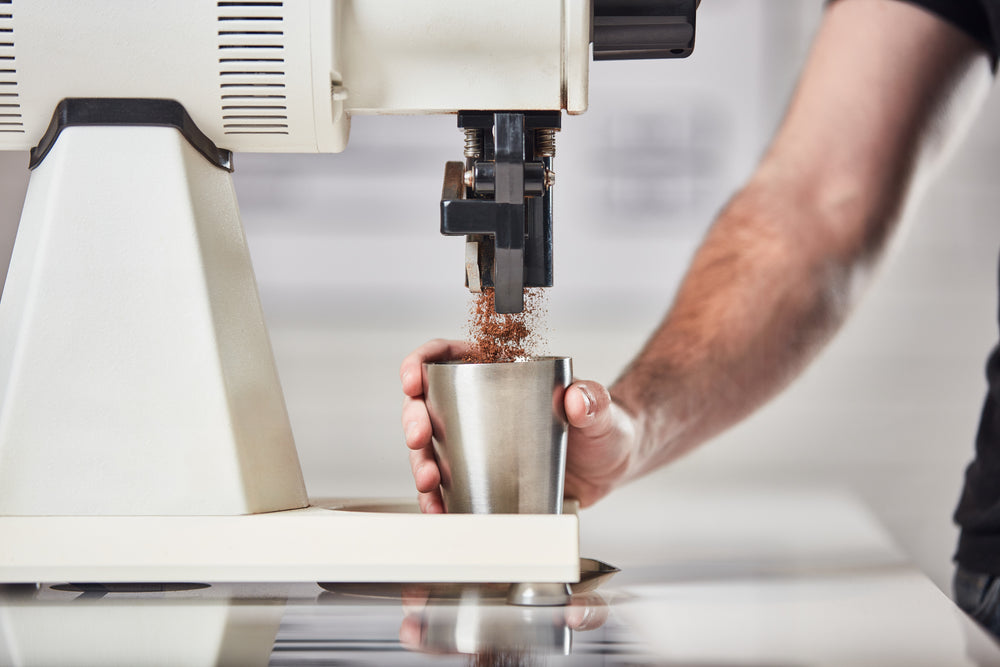Beyond our deep dives into extraction theory of yields and TDS etc, achieving this in your home espresso set up can be a bit of a minefield. Whilst empirical data can help diagnose potential issues you are having, relying on set data points and ignoring taste and sensory perspective will not always give you the results you are hoping for. You could have “great” EY% and “ideal” TDS, but if the coffee doesn’t taste nice then what do you do? Following some guiding principles of espresso extraction theory will help you achieve more “god shots” and hopefully more enjoyable flavours from the first cup out of the bag to the final coffee beans.
Waiting for God-Shot
18 grams of dry coffee, 36 grams of espresso, 28 seconds. These 3 parameters are the backbone of most barista’s espresso extraction. Often called the “God Shot”, for most coffees pulling this “perfect” shot will give you a decent tasting espresso. A zing of acidity up front, a load of sweetness through the body, and a touch of bitterness on the end to balance the flavours. Whilst this will work 90% of the time, constantly relying on this set of parameters, like with EY% and TDS, is ignoring the vital aspect that taste plays. If a coffee is tasting too bitter, then increasing the dose, reducing the contact time or the yield will reduce the dilution and profile more of the acidity and sweetness. If it’s tasting too sour, then decreasing the dose, increasing the contact time or yield will soften the acidity with more sweetness and bitterness. Changing one of these variables at a time and seeing how it affects the taste is a great way to understand espresso extraction, and where your preferences sit!
Yield to the taste
The espresso yield is how much of the soluble matter within a coffee has been extracted into the water that you are making the espresso with. The 18g of coffee to 36g of espresso mentioned earlier is a 1:2 ratio. Whilst most coffees can taste great this way, anything on the lighter side or the more traditional side would benefit from a slightly different yield. Traditional Italian style roasts are very porous and will extract a lot of flavour much easier. Reducing the ratio to a 1:1.5 should reduce the risk of over extracting and gives you a lovely rich sweetness coming through. Lighter and more heavily fermented coffees can get away with having a longer ratio due to the more dominant acids present. Somewhere between 1:2.2 to 1:3 will allow you to soften the acidity and balance with more sweetness.
Daily Grind
If you have visited our on-site shop and brew bar, you may have heard one of our team extoll the virtues of grinding fresh rather than pre-grinding. Oxygen is one of coffees greatest enemies, it’s one of the primary causes of staling within coffee. As mentioned above the staler a coffee is the more porous it becomes and extracts a lot quicker. Grinding a larger amount of coffee exposes a lot more surface area to oxygen and the staling effect. If you buy a kilogram of coffee and have it ground for espresso, the beginning of the bag will be lovely and fresh, but as you make your way through the bag it will lose dynamics and bitterness will increase. To guarantee freshness and a tasty cup every time, we would recommend investing in a grinder to grind on demand, but if that is not something you are able to commit to, then buying smaller amounts more often will give you a more consistent experience.
Water you thinking about?
Water plays a big part in how your coffee tastes. The coffees flavours bind to the minerals within the water to carry them through into your espresso. If your water is too hard, then the water is too saturated to have any space for the flavours. If it’s too soft, then there aren’t enough minerals for the flavours to bind to in the first place. Unless you already know whether your water is hard or soft, then it is a bit of a hard thing to diagnose as they both will make your coffee taste quite flat and lifeless. If you have hard water, easiest thing to do is to use a water filter to strip some of the minerals out. If you have soft water, it is a bit of a harder issue to solve and would require adding minerals. This can become quite expensive, as you are having to either start with empty water and adding premixed mineral sachets that a few different companies sell. One of the easiest ways to test if your water is the issue with your extraction is buying a bottle of Tesco Ashbeck, which is the go-to water that is nationally available for competition baristas when they are caught short.
The 6 P’s
Proper Puck Preparation Prevents Poor Percolation! How the water flows through the ground coffee will have an impact on the final taste. The goal is to have a uniform grind that is really level and been tamped evenly. Tamping with a big mound in the centre will cause more density in the centre of the puck and looser edges, causing the water to follow the path of least resistance, bypassing the denser part and running more through the looser grounds, causing sourness AND bitterness to come through. Boulder-y and uneven grounds will have a similar effect, as some of the coffee will have more extraction and some less. Breaking up clumps with a WDT (Weiss Distribution Technique) tool will help to give you more even grounds to tamp.
Extra Considerations
A few things to keep in mind...
1. We’re going on a bean hunt!
Finding the “right” beans is a particularly subjective issue. With myriads of flavour profiles, caramelization levels and fermentations out there; the right beans for you will take some trial and error. Some people are looking for a consistent coffee that will stay the same year-round, whereas others are looking for variety and trying lots of different coffees. Some roasters will roast coffee for specific brewing styles, differently for filter and for espresso, whereas others will roast to highlight the best out of that coffee specifically.
At Wogan Coffee we fall into the latter category, and it’s all about managing your expectations depending on the brewing style. For espresso specifically, it’s worth noting that high pressure extraction will highlight dominant acids for light roasts and lose floral notes – as these aromatics are very delicate and get blown out entirely. High-pressure extraction will also bring out richer sweetness from a cup, perfect for those lower acidity and more caramelized coffees. Fermentation is a consideration to make as well. If you like funkier and boozy qualities in your cup, then a naturally processed coffee might be right up your street. If a cleaner cup is more your style, then going for a washed coffee could be the way to go. If you’ve got an incurable sweet tooth, then a honey processed coffee will hit the spot like nothing else. Find our selection of speciality coffees here.
2. The X-Factor
So many factors can affect a coffees solubility and ideal extraction point. How fresh a coffee has been roasted, how far into the year from cropping, the ambient temperature and humidity of the environment you are brewing in, how long that coffee has sat on your shelf, all play a big part in how a coffee will behave and taste when you make it. Staler coffee will become more porous and extract flavours more easily, which will result in more bitterness in the cup unless you reduce the contact time.
A cold room will cool your portafilter, reducing the temperature of the water as it comes out of the group head, which will result in a loss of acidity. Although coffee is dried to a low enough moisture content that it stays stable whilst being stored before shipping, it will always taste more dynamic closer to its cropping time than 6 months in, even if fresh roasted.
